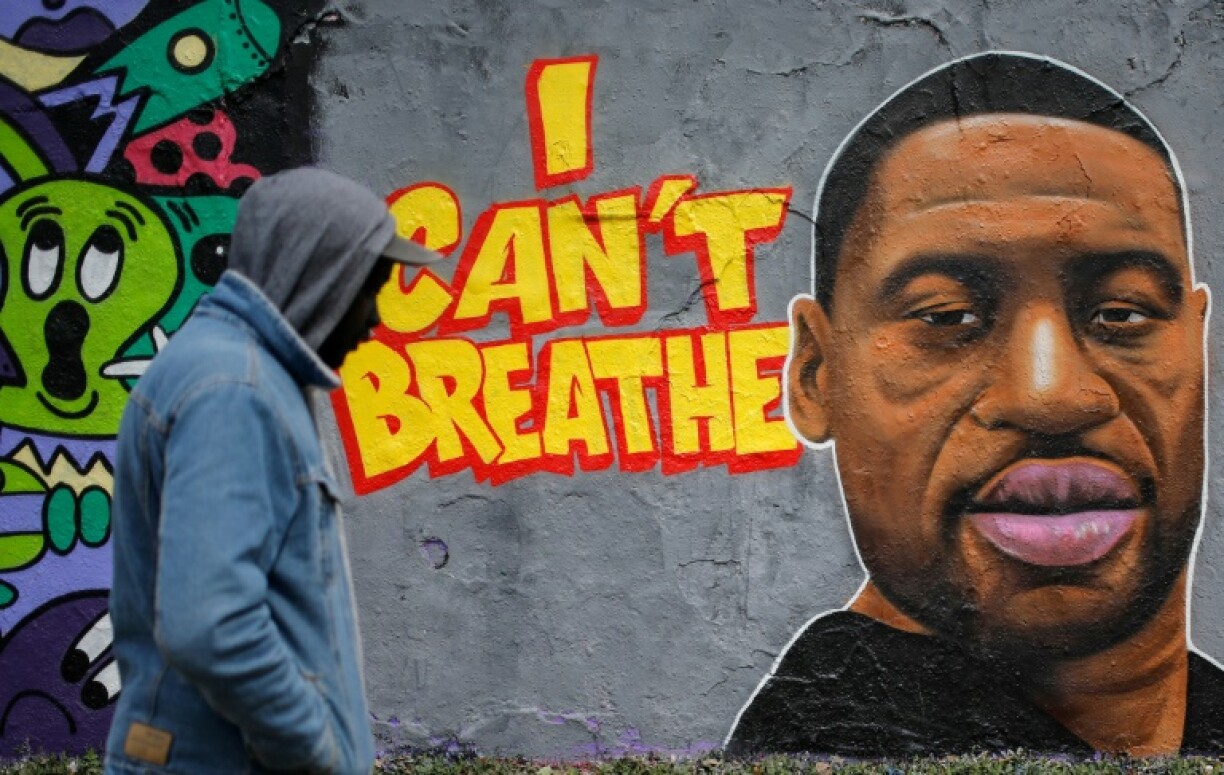
George Floyd died while in police custody in Minneapolis on 25 May. The violent incident, which was captured on camera, sparked violent protests across the United States and demonstrations around the world.
According to a new autopsy report released earlier this Thursday, Floyd tested positive for the novel virus in a test taken after his death. Chief Medical Examiner Dr. Andrew Baker explained that the nasal swab PCR test that was carried out for the autopsy can show a positive result “for weeks after the onset and resolution of clinical disease.” The autopsy result is said to reflect asymptomatic but persistent PCR positivity from previous infection.”
The pathologist determined that the virus did not play a known role in Floyd’s death. He was also unlikely to have been contagious when he was forcefully arrested.
The toxicology report said that Floyd had fentanyl and methamphetamine in his system at the time of his death, as well as cannabis compounds and morphine. “Fentanyl intoxication” and “recent methamphetamine use” were listed as “other significant conditions” but ruled out as “cause of death” in the report.
The medical examiner ruled Floyd’s death a homicide, explaining that Floyd died of cardiopulmonary arrest while being violently restrained.